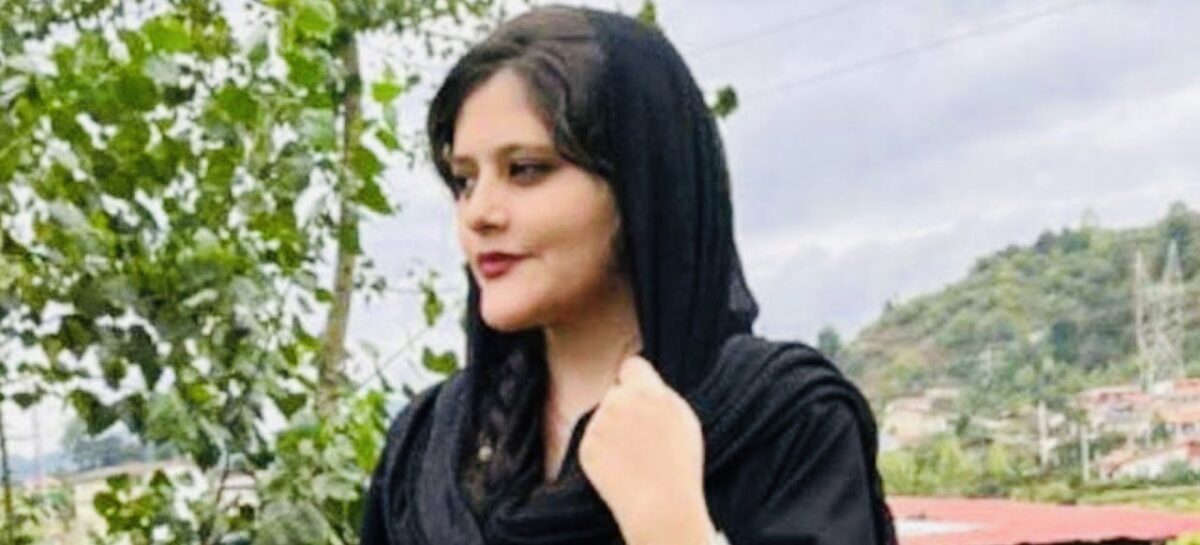A little more than two weeks after Iran was convulsed by a new round of nation-wide protests which have yet to subside, Iran’s supreme leader, Ayatollah Ali Khamenei, finally broke his silence.
Condemning the “rioting” as “abnormal” and “unnatural,” he accused the United States and Israel of instigating the protests, which entered their 40th day today.
“The rioting was planned,” he claimed in Tehran. “These riots were designed by America and the Zionist regime.”
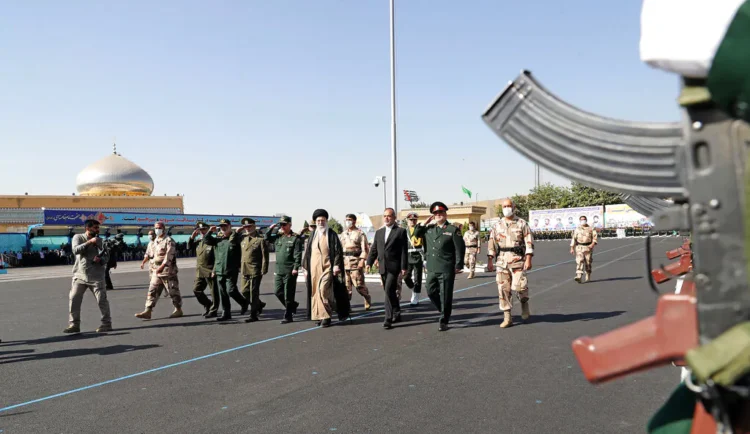
This is a completely baseless claim, a fabrication designed to divert attention away from the grave internal problems that plague Iran and that have prompted countless Iranians to take to the streets to denounce the government and demand change.
And while it is true that the United States and Israel would be extremely pleased by the fall of Iran’s theocratic regime, which has ruled the country with an iron fist since the Islamic revolution in 1979, it would be wrong to conclude that the protests erupted due to foreign influence or interference.
In fact, they were initially a response to the death of Mahsa Amini, a 22-year-old Kurdish woman from the town of Saqqez, on September 16. Arrested by the morality police, she was charged with the outlandish crime of wearing a hijab improperly.
According to her family, she died in custody after receiving blows to the head. Iranian security forces claimed she succumbed to a heart attack. Outraged by the brazen lie, Amini’s family announced she had been in good health before she was detained.
Shortly after Amini’s murder, two 16-year-old girls who had joined the protest movement, Sarina Esmailzadeh and Nike Shakrami, went missing. When their bodies were returned to their families, the regime put out a story that they had committed suicide by jumping off a building. The families rejected that ludicrous explanation and insisted they had been beaten to death.
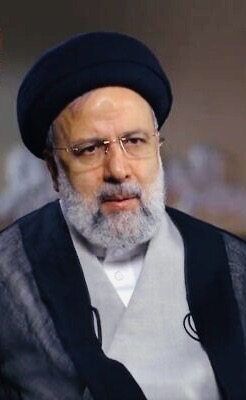
On the order of President Ebrahim Raisi, a dyed-in-the-wool conservative, the regime has cracked down hard on the protests, with 233 Iranian protesters having been killed by uniformed police and plainclothes members of the Basij militias since last month. By all accounts, at least 2,000 protesters have been injured and 12,000 have been arrested.
Iran has been rocked by previous demonstrations, most notably in 2009, 2017 and 2019. But the latest ones appear to be the most serious and sustained, though no one can possibly know what the outcome will be
A leaderless movement, it has drawn the support of a cross-section of Iranians, including young women, workers from the vital oil industry and university students.
State media has accused the protesters of “breaking norms” and shouting “foul slogans.”
The most radical and courageous protesters have openly called for regime change. In a pointed reference to Ayatollah Khamenei, they have chanted, “This is the year of blood, Seyyed Ali will be overthrown.” These Iranians are clearly fed up with the totalitarian nature of the regime.
Iranians in the reformist camp have called for sweeping social and political freedoms, which have been denied for more than four decades now.
Still other Iranians have vented indignation over the state of the moribund economy, which has been subjected to a series of crippling sanctions imposed by the United States and its allies since the U.S.’ withdrawal in 2018 from the 2015 Iran nuclear agreement.
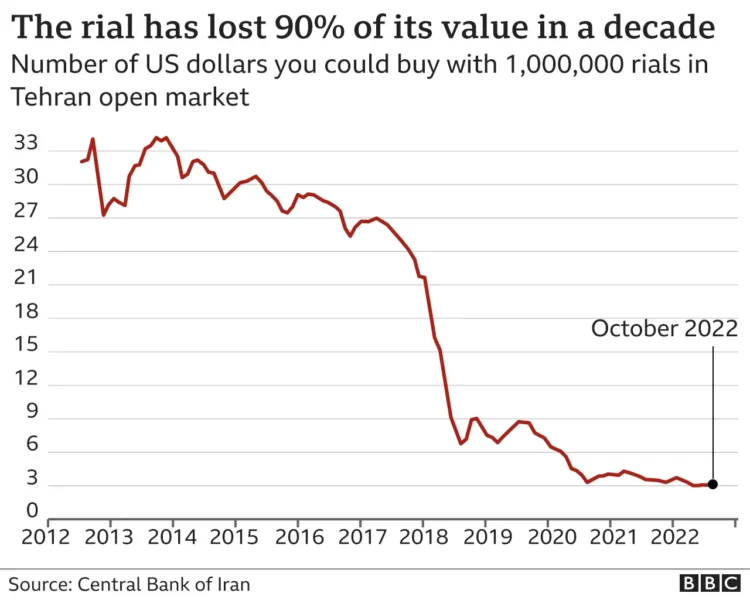
The sanctions, along with endemic mismanagement and corruption, have drastically slowed growth and significantly devalued Iran’s currency, the rial. In the past five years, it has fallen by about 90 percent, wiping out the savings of middle-class Iranians.
Runaway inflation has worsened the problem, with the cost of goods and services having risen by 1,135 percent since 2011.
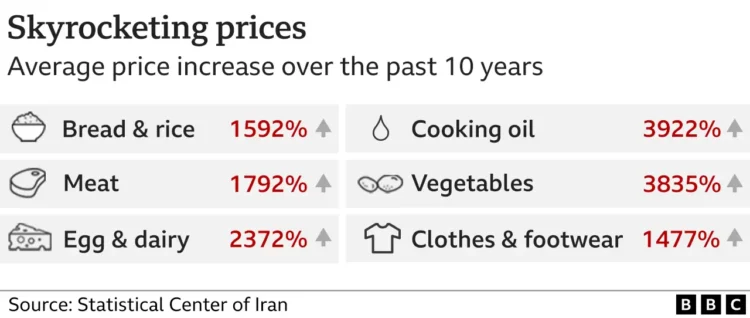
Public trust in the regime is at a low point, given its propensity to bend the truth.
One example in particular stands out.
On January 8, 2020, shortly after Quds Force commander Qassem Soleimani was assassinated by a U.S. drone strike in Baghdad, Iranian Revolutionary Guards accidentally shot down a Ukraine International Airlines plane, killing 176 passengers and crew.
The regime heatedly denied its involvement in the tragic incident, but when evidence to the contrary surfaced it acknowledged its guilt.
To this day, the Iranian government continues to mislead the people.
Iranian kamikaze drones launched by Russia into Ukraine have destroyed residential buildings and killed Ukrainian civilians. Iran has also sent advisors to Russia and occupied Ukrainian territory to assist the Russians. Yet Iran brazenly denies it is directly participating in the war.
It is certainly far too early to forecast the demise of the regime. But if history is any guide, the Islamic revolutionaries and functionaries who run Iran’s day-to-day affairs have made nearly the same mistakes as the pro-Western Pahlavi monarchy they overthrew, writes the exiled Iranian commentator Ray Takeyh in a piece in Commentary magazine.
“The regime lacks an appealing ideology and shields itself in rhetoric that convinces no one. It is led by a corrupt and out-of-touch elite that relies on conspiracy theories to justify its conduct. It has pursued a foreign policy whose costs are more apparent than its benefits. And the mullahs have forgotten the most essential lesson of their revolutionary triumph: Persian armies don’t like killing their people en masse. The new Iranian revolution has begun.”
Takeyh may be overly optimistic in his assessment of the current protests roiling Iran, but something big may well be brewing.
